Source: http://www.ibdeditorials.com/IBDArticles.aspx?id=313718923222067
By INVESTOR'S BUSINESS DAILY | Posted Tuesday, December 09, 2008 4:20 PM PT
Mortgage Meltdown: Democrats first circled the wagons around the Community Reinvestment Act, aided by their friends in the media. Now regulators have joined them. It's called CYA.
Read More: Economy
Four federal agencies enforce the CRA, a banking regulation whose original purpose of encouraging homeownership among the poor was well-intended. Abused by the Clinton administration, however, the act triggered the subprime crisis by relaxing lending standards across both the primary and secondary mortgage markets.
These agencies, which over the years have become entrenched in pushing the act, include the FDIC, Office of Thrift Supervision, the Comptroller of the Currency and the Federal Reserve. Top agency officials each took a turn Monday defending the CRA during a C-SPAN-covered panel discussion on the housing crisis.
OTS director John Reich insisted it "had absolutely nothing to do with the mortgage crisis." FDIC chief Sheila Bair said it was a "myth," adding that "it's really unfortunate that this is out there." "It's simply not true," she asserted. Next up was Comptroller of the Currency John Dugan, who agreed the CRA "certainly was not the cause of the subprime crisis."
Though they offered little evidence to support their assertions, a Fed governor released findings of a study the Fed did with the Brookings Institution to quash the idea the CRA encouraged high-risk subprime lending to uncreditworthy borrowers.
In a speech to the "Confronting Concentrated Poverty Policy Forum," Randall Kroszner asserted that CRA-mandated loans are "nearly as profitable" as conventional loans. He cited a 2000 Fed study on CRA loan performance.
A careful reading of the 99-page report finds evidence that seems to undercut his conclusion that CRA loans are just as safe. For example, the study found that "nearly 90% of large banking institutions report higher 30-89 day delinquency rates for CRA-related home lending than for overall home lending."
That little gem was left out of Kroszner's argument, along with this one: "CRA-related home loans do not appear to perform as well as other home loans when the analysis is conducted on a per CRA-dollar basis."
What do current data show? "Unfortunately," Kroszner said, "the available data on loan performance do not let us distinguish which specific loans in lower-income areas were related to the CRA."
In other words, he doesn't really know, and therefore can't clear the CRA. Still, promoting the CRA is "important," he said, "because neighborhoods and communities affected by the economic downturn will require the active participation of financial institutions."
Kroszner, who is on the board of an affordable-housing advocacy group in Washington, also neglected to mention the role of government-sponsored enterprises in mitigating the risk of CRA lending.
In a more aggressive pursuit of "social justice," the Clinton administration revised the CRA in April 1995 to mandate that banks pass lending tests in "underserved" communities and suffer tough new sanctions for failing to make enough loans there.
According to the language of the new Clinton regs, banks that used "innovative or flexible lending practices" to address the credit needs of low-income borrowers passed the test. Banks with poor CRA ratings were hit with stiff fines and blocked from expanding their operations. Soon, "flexible" lending became the norm, and banks used subprime loans, which charge higher interest rates, to cover the added risk.
But it wasn't enough. So Clinton ordered HUD to pressure Fannie Mae and Freddie Mac to buy the higher-risk loans from private banks and lenders, while adopting the same "flexible" credit standards. By 2000, HUD had mandated that low-income mortgages — including CRA-related loans — make up half of their portfolios.
To further spread the risk, Clinton legalized the securitization of such mortgages. In 1997, Bear Sterns securitized the first CRA loans — $385 million worth, all guaranteed by Freddie Mac. Thus began the massive bundling of subprime mortgages that wound up poisoning the entire industry.
The cause and effect is clear. As ex-Fed chief Alan Greenspan recently testified: "It's instructive to go back to the early stages of the subprime market, which has essentially emerged out of the CRA."
It strains credulity for top regulators to now say the CRA had "absolutely nothing" to do with the subprime crisis. It smacks of political spin and bureaucratic CYA.



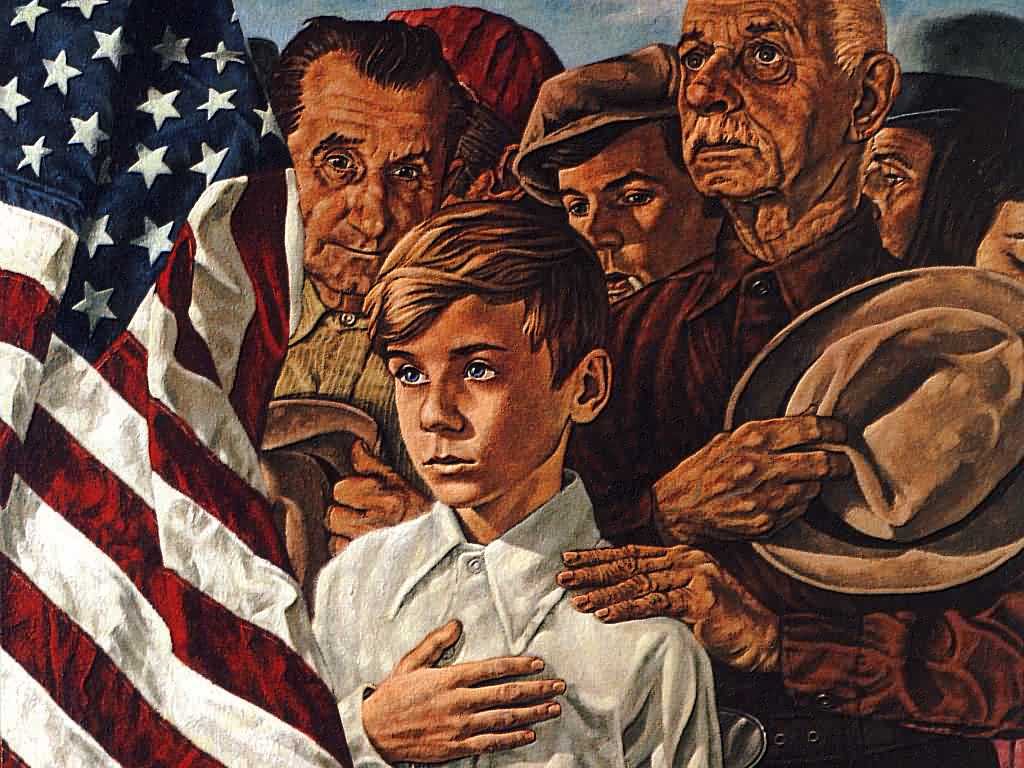

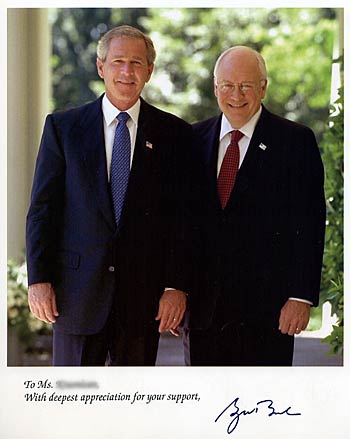






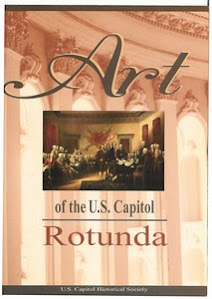










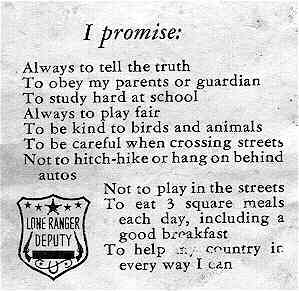







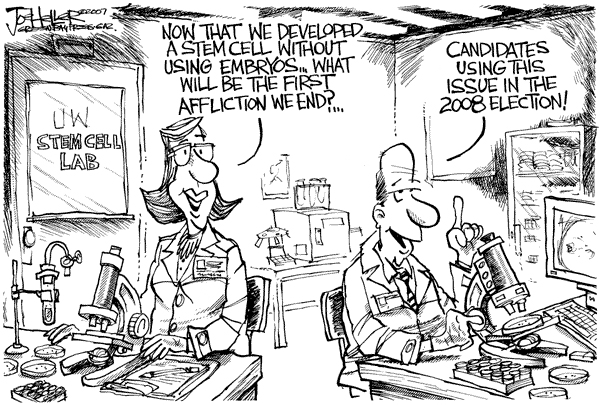
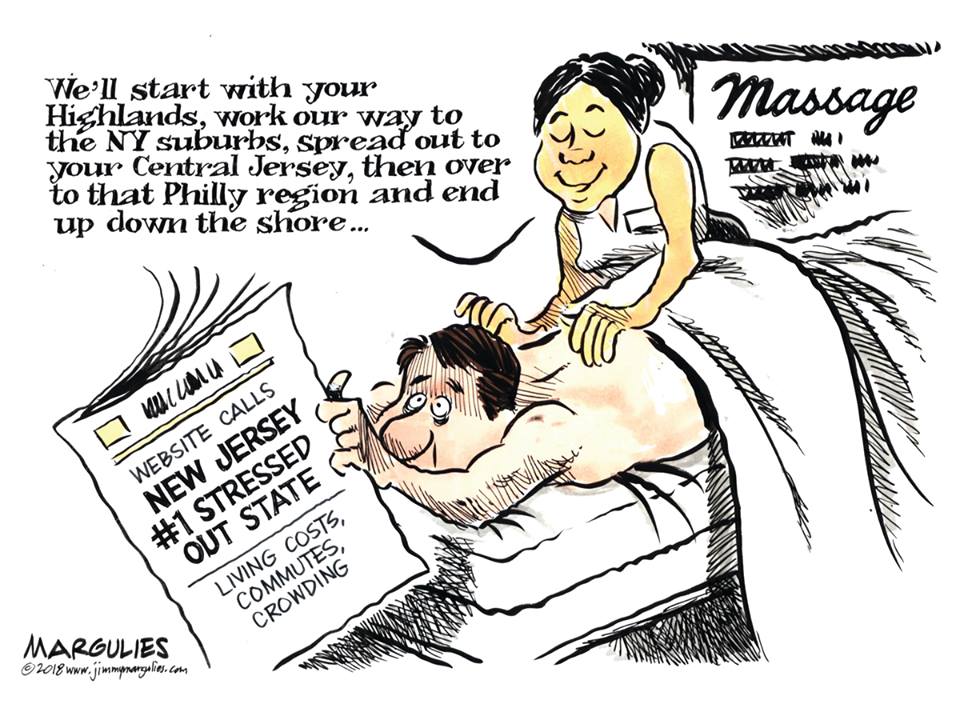
No comments:
Post a Comment